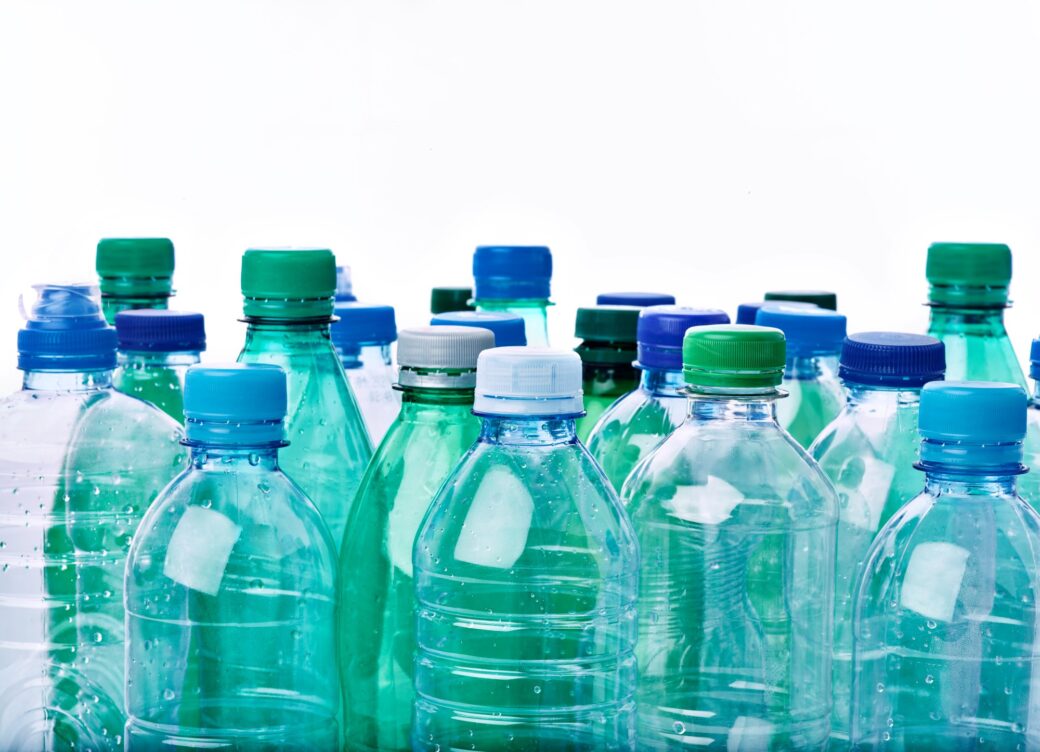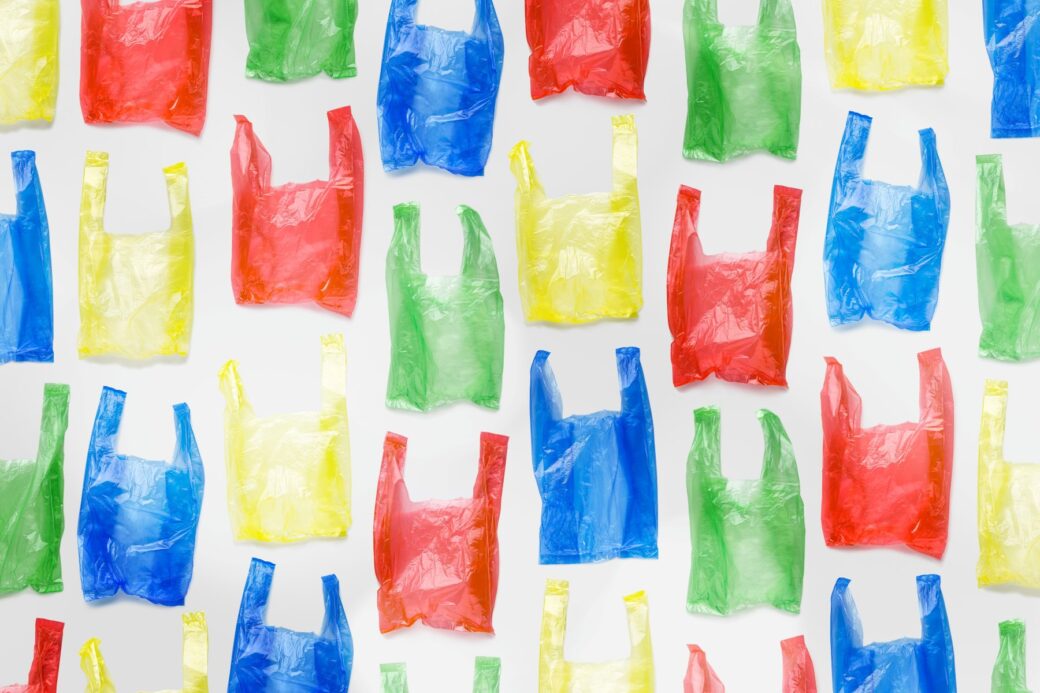WRAP has released the latest materials recovery facilities (MRF) data, revealing steady figures in the proportion of non-target recyclable material processed at MRFs in England and Wales. The number of facilities failing to report data, however, continues to remain lower than expected.
Under the amended Environmental Permitting (England and Wales) (Amendment) Regulations 2014, MRF operators of mixed waste have been required to sample and report on the quality of input and output material sorted at facilities. Introduced in October 2014, the introduction of new rules aimed to bring more transparency to the sorting and recycling of household waste. However, despite a slight increase in participation, the number of facilities reporting data remains far lower than expected.
The latest data, published on WRAP’s Materials Facility Reporting Portal, covers quarter 4 of 2015 and shows a consistent level of target input and output material. Between October and December 2015, a total of 886,511 tonnes of material entered the responding MRFs in England. This is almost 69,000 tonnes more than in the previous quarter and shows only a marginal change from the previous four reporting periods. The volume of target material entering English MRFs stands at 86 per cent. Over half of this was paper and 8.8 per cent of received material was non-recyclable. In Wales, the total tonnage was the highest reported yet at 83,410 tonnes, with the volume of target material at 88.4 per cent. Paper accounted for 57 per cent of the target material received and only 4.0 per cent of material was non-recyclable.
The average percentage (by weight) of target material in the output streams is 89.8 per cent or higher in England and 85.2 per cent or higher for Wales.
Under the regulations, MRFs that receive 1,000 tonnes or more of mixed waste material for sorting in four consecutive reporting periods qualify for the reporting obligations. Some 90 MRFs in England and 11 in Wales notified the Environment Agency (EA) for the Q4 2015 period, which is a small increase from the previous quarter but still significantly less than the 160 that were expected to fall under the regulations.
In its commentary for the new data, WRAP said that the regulators are continuing their annual programme of announced and unannounced visits to each site. The charity said: “The visits enable the regulator to advise operators on the statutory sampling and reporting requirements and assess compliance with them, as well as provide advice on best practice as set out in the WRAP guidance. Any potential adjustments a facility might make to their sampling arrangements following feedback and guidance from the regulator, may not be immediately seen in their reported data on the portal.”
The next update, for the first quarter of 2016 (January to March) will be published in August this year.



